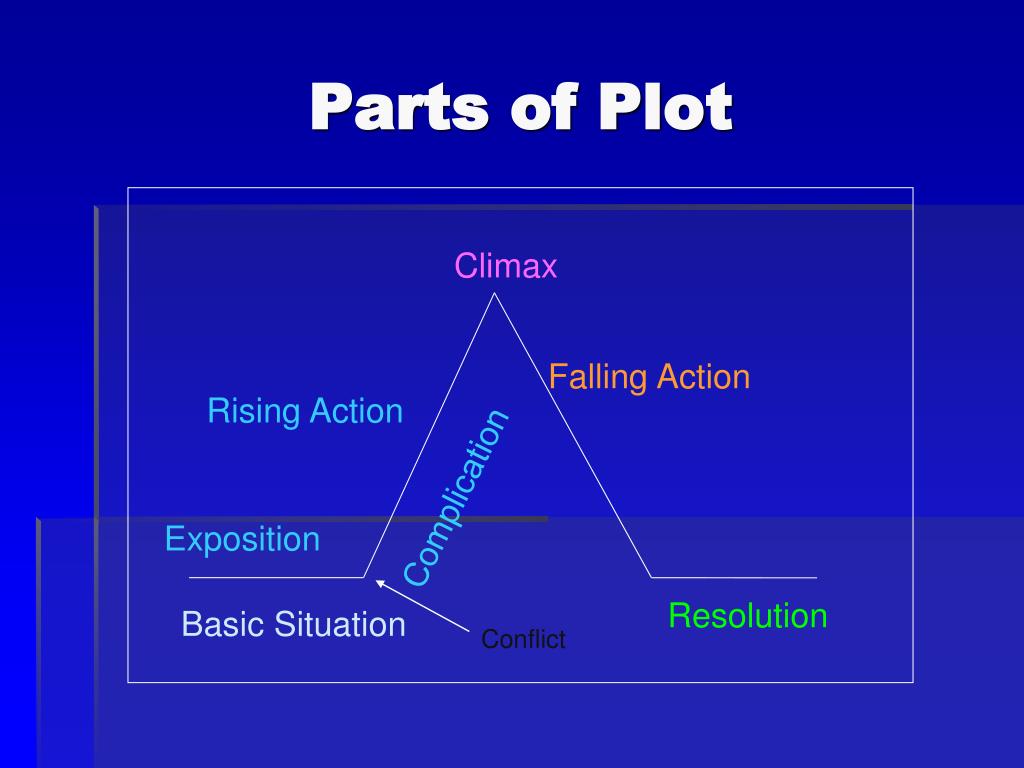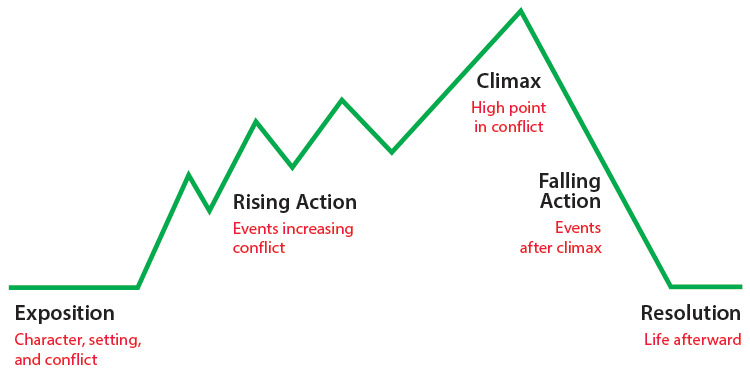

The song was also recorded by Vivian Stanshall and (as "Blue Ridge Mountains of Virginia") by Tokyo Blade. 2 in the UK Singles Chart, thanks largely to being championed by disc jockey John Peel on his Radio 1 evening show. The song was released as a single and reached No. In 1975, at a time when Laurel and Hardy films were popular on British television, the UK branch of United Artists Records produced an album of dialogue and songs, Laurel & Hardy – The Golden Age Of Hollywood Comedy, which included "The Trail of the Lonesome Pine". Reilly as part of the 2019 biographical film Stan & Ollie. This stage routine was performed by actors Steve Coogan and John C. It was performed by Laurel and Hardy with The Avalon Boys and featured a section sung in deep bass by Chill Wills, lip-synced by Stan Laurel in the film, with the last two lines in falsetto (sung by Rosina Lawrence) after Ollie hit Stan on the head with a mallet. The song was featured in Laurel and Hardy's 1937 film Way Out West. Harrison's version also sold well in the same year. It was recorded by Henry Burr and Albert Campbell on March 4, 1913, and was successful in America. This version became a UK Singles Chart hit in 1975, some years after both actors had died. It is perhaps best known for being performed by Laurel and Hardy in the 1937 film Way Out West. In it, the singer expresses his love for his girl, June, who is waiting for him under the titular pine tree. It was inspired by John Fox Jr.'s 1908 novel of the same title, but whereas the novel was set in the Cumberland Mountains of Kentucky, the song refers to the Blue Ridge Mountains of Virginia. The resolution leaves readers with a sense of closure, so they understand the fate of the protagonists and antagonists."The Trail of the Lonesome Pine" is a popular song published in 1913, with lyrics by Ballard MacDonald and music by Harry Carroll. Some stories have happy endings others have sad endings. All the loose ends are tied up, unless the author plans to write a sequel and purposely leaves room for further plot developments. The resolution tells us what happens to the characters after the conflict is resolved. The altercation is a direct result of the climax - Ewell wants revenge after the children's father, an attorney, defends an innocent black man and rebukes Ewell for lying about the case and mistreating his own daughter. For example, in "To Kill a Mockingbird" by Harper Lee, the falling action occurs when the antagonist, Bob Ewell, assaults two of the primary protagonists - Scout and Jem Finch - and the town recluse saves the children by killing Ewell. It leads up to the resolution and sets the stage for the final chapter of the story. The falling action occurs immediately after the climax and details the consequences - good or bad - that the characters must deal with after the turning point of events. The climax is the most exciting part of the story and initiates a turning point in the characters' lives. During the rising action, the protagonist often encounters some sort of crisis that creates tension.įor example, in "The Hunger Games" by Suzanne Collins, the climax occurs when Katniss and Peeta - the primary protagonists - decide to eat poisonous berries and commit double suicide, rather than kill one another. The rising action always leads up to the climax. The rising action occurs when the main problem or conflict is addressed with a form of action. The exposition sets the stage for his tumultuous, life-changing journey on a riverboat. The setting is the mid-1800s in a small river town along the Mississippi River the conflict revolves around Huck's desire to experience adventure, and his running away. For example, the exposition in "The Adventures of Huckleberry Finn" by Mark Twain centers on the introduction of Huckleberry Finn, an adolescent who's unhappy living with a strict widow, and has a shallow relationship with his greedy, unfit father.

The author often discusses the characters' backstory, so readers gain insight as to why characters act or respond as they do. In the exposition, the author introduces the major characters, establishes the setting and reveals major conflicts in the story. The exposition is the beginning of the story and prepares the way for upcoming events.


 0 kommentar(er)
0 kommentar(er)
